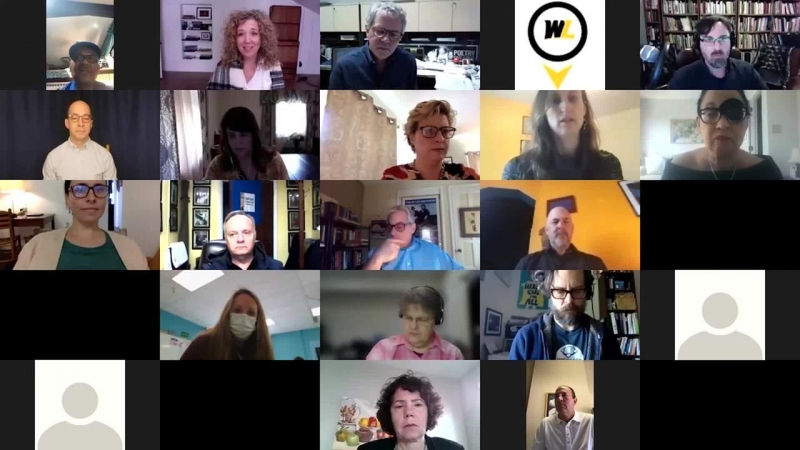Rural Arts Collaborative
In 2012 - 2013, the foundation was laid for the Rural Arts® Collaborative (RAC) Arts Education Project. After several years of being involved and working with after-school arts programs that were designed to extend the art education experience for students, it was clear that there was a need to focus on developing a project that would work alongside existing arts curriculum in the classroom. Many school districts were experiencing budget cuts and the first programs to go were the art classes. In many schools, art class went from every day to once a week. In several districts, art was offered only one semester during the academic year.
As any educator knows, the arts enhance learning abilities in math, science, and other disciplines, and are an excellent foundation for fostering and developing the learning process: The “hands-on” experience fosters the 10 primary skills that are essential for learning across the board: Creativity, Confidence, Problem Solving, Perseverance, Focus, Non-verbal Communication, Receiving Constructive Feedback, Collaboration, Dedication and Accountability (Washington Post, Strauss 2013).
After a year of conversations and planning with funding from the Claude Worthington Benedum Foundation, the Rural Arts Collaborative (RAC) Arts Education Project was formed. The premise behind the RAC project approach was to recruit Teaching Artists to work in school districts in Southwestern Pennsylvania counties, with the intent to infuse a diverse arts education approach into existing curriculum, enhance social and cognitive learning for students, and contribute to sustained partnerships amongst educators, artists and students in the region, particularly in those schools which were experiencing cutbacks or entire elimination of their arts programs.
The “Teaching Artist” concept is not new, and has been very successful as an enhancement to existing arts curriculum for many years. This term applies to professional artists in all artistic fields. Teaching Artists have worked in schools and in communities for many decades. Teaching Artistry as a field really began in the 1980’s. In response to the arts education cutbacks in schools in the Reagan Administration, arts organizations began to provide services directly to schools, and artists became key deliverers of those services.
In recent years, history has shown that Teaching Artists do not become replacements for art teachers when the school budget axe falls on art programs (indeed they often become advocates for rehiring art teachers); and the professionalization of Teaching Artistry inculcates respect, more preparation and inclination to build good partnerships with school art teachers, and a greater range of ways to succeed within school culture.
A formal definition of a Teaching Artist:
“A Teaching Artist is a practicing professional artist with the complementary skills and sensibilities of an educator, who engages people in learning experiences in, through, and about the arts.” (Eric Booth, actor, Teaching Artist and author, 2010).
WashArts Cultural and Community Center in Washington County was the original fiscal agent for the RAC, however, when they were no longer able to continue, the Fayette County Cultural Trust (FCCT) in Fayette County stepped up to the plate to continue the project. FCCT was aware that a robust artist education program contributes to creativity, problem-solving skills, and academic achievement across the disciplines. Creating and developing a program utilizing a content-rich experience albeit in the actual classroom or after-school has been a win-win for everyone, particularly the students of Fayette, Washington and Greene County school districts.
Each residency is generally a full year, at minimum, a full semester, working with a lead art teacher or a team of lead teachers in those residences which prefer a cross-curricular approach. The RAC Teaching artists utilize a project based learning approach, requiring a capstone outcome in the form of a public art piece, installation, or a performance or video to create some lasting form of art that will be part of the students, school and community in some way.
We have taken the RAC into northern West Virginia with several new Teaching Artist residencies in Ohio and Wetzel Counties. Again, often in rural counties, the arts programs are minimal at best, and this is an opportunity to expose students to a more robust arts education curriculum that they may not necessarily have had the opportunity to experience.
Because of their success over the years, the Fayette County Cultural Trust under the Rural Arts Collaborative hosted a RAC Spring Institute at Bentworth High School on Wednesday, 9 May 2018. This Institute shared RAC project experiences, themes, and project outcomes with school administration officials, faculty members, artists, other funders, and students. It also served as a forum for artists, teachers, principals, superintendents and local government officials to hear and share their stories of how the project has successfully impacted their students academically, socially, emotionally and in their respective communities. From teachers to artists and administrators, all of those who have participated in the project, this was a great opportunity to reflect on how the project has affected students in their ways of thinking, seeing, and being.
The Fayette County Cultural Trust has been the force to build a strong home for the RAC on that original foundation, and the project continues to flourish in Southwestern Pennsylvania school districts with continuing support from the Claude Worthington Benedum Foundation, and additional funding from the Community Foundation of Fayette County, Chevron and EQT. We are ever grateful to our funders, supporters and schools for believing in this project that has made a difference for so many students in our region.
Cast Members


